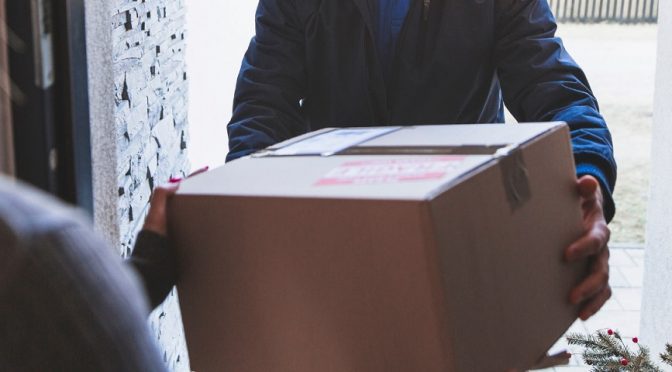
What’s with same-day or next-day deliveries? Well if haven’t forgotten important dates such as Valentine’s, Black Friday, or Thanksgiving, you won’t much appreciate the urgency of fast deliveries to save face. All’s well that ends well, and that’s why the right logistics technology, especially the last mile, is critical for flash events.
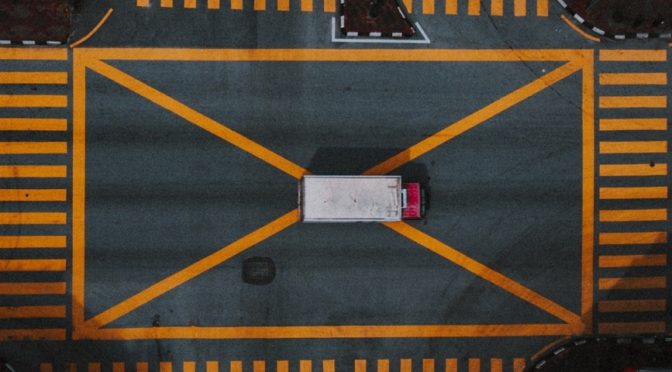
At the pace of current development, machine learning enabled delivery route optimization is the key to sustaining your brand to be consistently relevant for the upcoming future. To ensure that five years down the line you down get sidelined, get the right tech now.
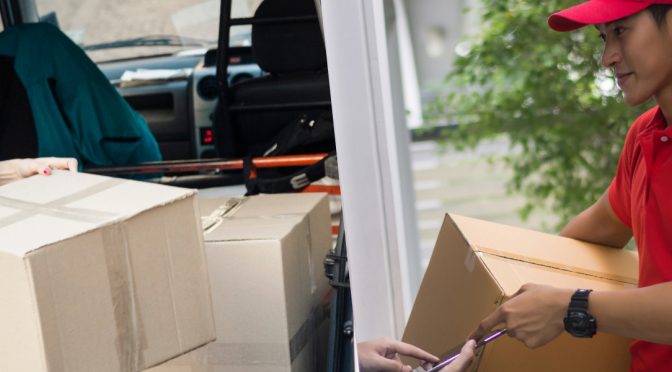
The top challenges, especially for CPG companies, are lack of proper delivery movement visibility, lack of control of actual on-ground logistics, delayed reaction time if anything goes wrong on-ground, over or under-utilized truck capacities, inaccurate estimated time of arrivals (ETAs), etc. LogiNext can help overcome all these and more.
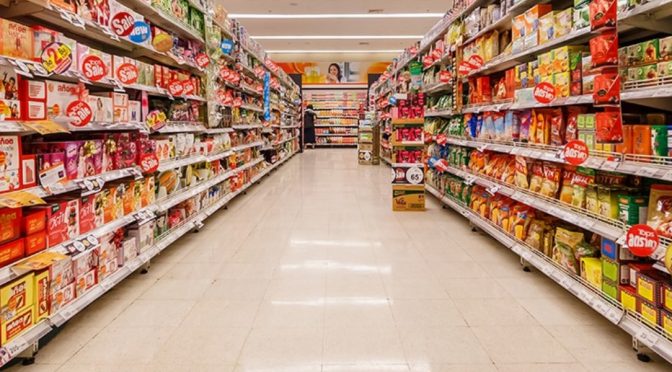
Consumer packaged goods (CPG) industry has been on a growth curve with a sustained CAGR of 10% possibly hitting $721.8 billion sales by 2020. Which side of this growth would your company stand on? One of the major driving factors for CPG, where bigger companies have their brands readily recognizable the world over, is being in the right place at the right time.
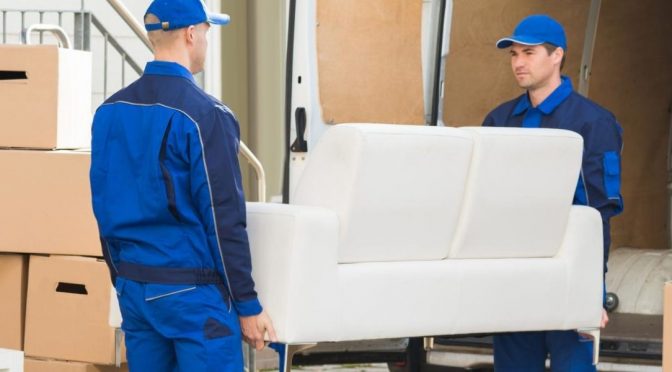
The client was one of the largest online home goods retailer in North America with more than 60 million active online users, 10 million hosted products, and 20,000 suppliers. LogiNext optimized their entire logistics movement with optimized carrier handling and high customer (delivery) experience.
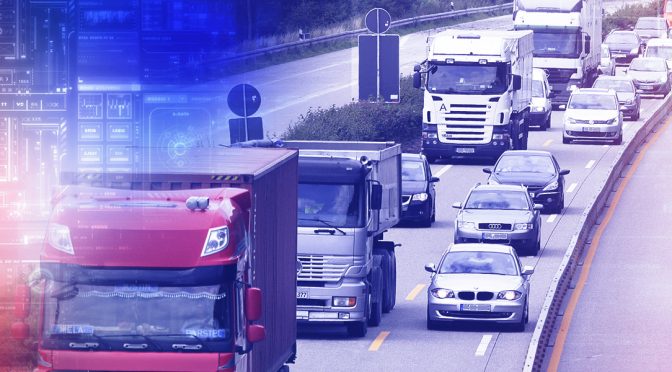
As technology becomes deeply ingrained in the business operations, cloud-based tools lead the charge toward a new and improved fleet management landscape. From automation to IoT to in-fleet GPS tools, technology is the secret sauce to help fleet managers achieve goals across their organization.
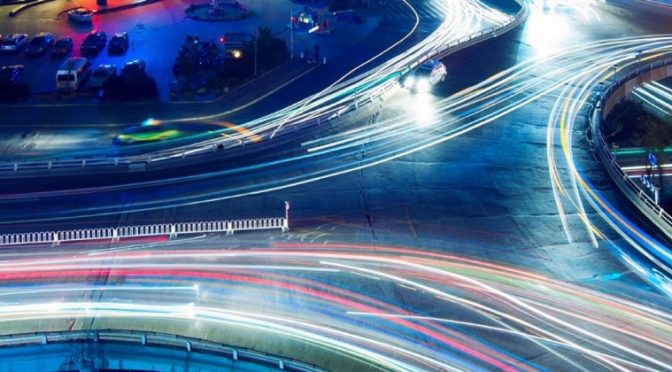
Here are the top 3 things that’ll stay strong in 2019, shape how logistics is handled, and business is conducted across the globe. With the best delivery route planning software, logistics management would be more streamlined than ever before.

Why advanced delivery route planning is great for the global economy? Customers want fast deliveries. Companies want to deliver shipments faster and more efficiently using more resources at lower costs. They also want to become more reactive and agile in their delivery movement. These industries are becoming more customer-centric which is good for the economy. […]

The current path of logistics optimization demands a keen interest of the CIO, and this article is directed to bring them up-to-date with the benchmarks they should look for, paving the way for better business opportunities.

At LogiNext, we thrive on Technology and Innovation, which is why we are continuously winning the hearts of our clients at a Global platform. This success is governed by our belief that the right blend of People and Technology partnership is what steers our business ambition forward.
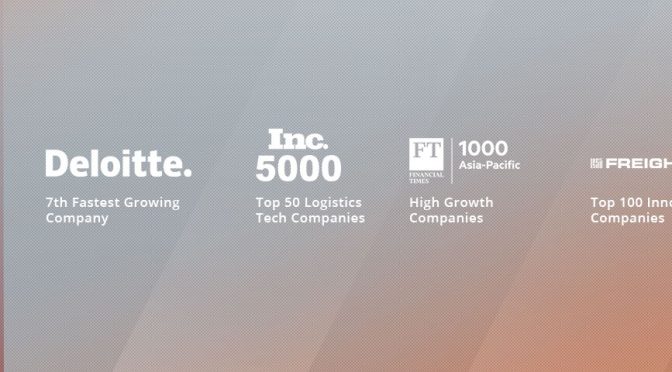
Tech is driving industries faster and faster. CAGR is keenly watched everywhere. Such tech needs leaders, and LogiNext has claimed its place, time and again, at the top of the chain.
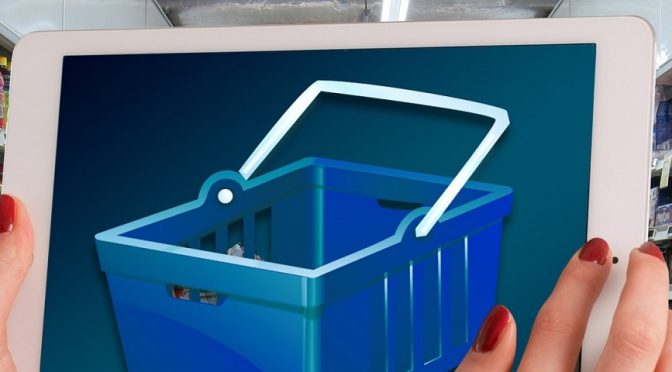
Retail and e-commerce are moving fast and merging along the line into a singular platform. What is driving this behavior for these mega-entities? What is the one factor which is bringing all of retail and e-commerce onto one platform?
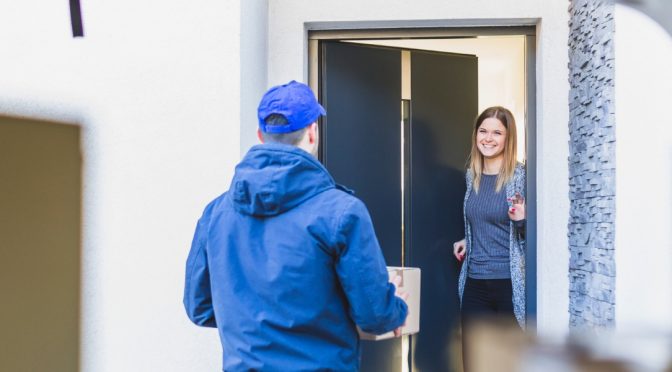
The Southeast Asian region would grow at 32% CAGR, reaching about $88 billion by 2025, Indian shores have taken up e-commerce strongly. Here, the market is slated to reach $64 billion by 2020, $200 billion by 2026, and surpass the U.S market by 2034
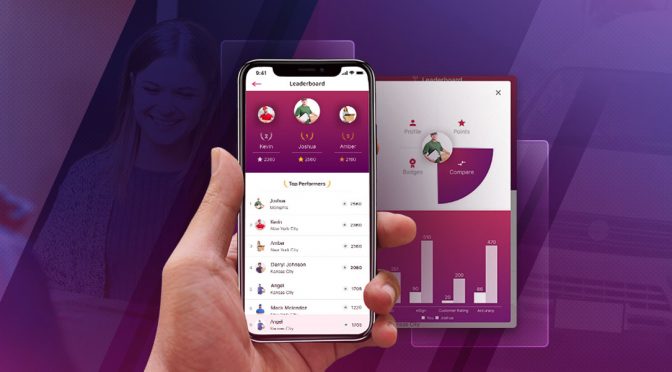
With LogiNext, high-end machine learning enabled logistics optimization rounds off at the end with human-driven achievements. In the world of fast-moving deliveries, this balance creates a sustainable and scalable model of efficiency.
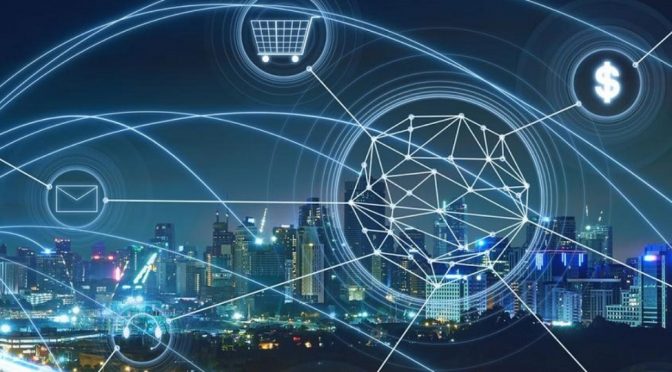
Internet of things (IoT) with the latest in machine-learning backed algorithms are the way logistics would be optimized to meet all customer demands and requirements, right from fast shipping, live tracking and notifications, and on-time delivery with optimized final mile movement.
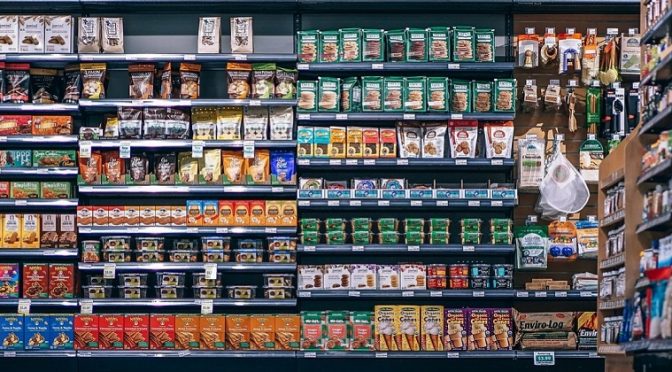
Retail, as we grown to recognize it, might not exist in the near future. This isn’t another retail doom warning. On the contrary, it’s about how the retail and e-commerce space is fast evolving. These players must give convenience wrapped in a neat delivery experience.
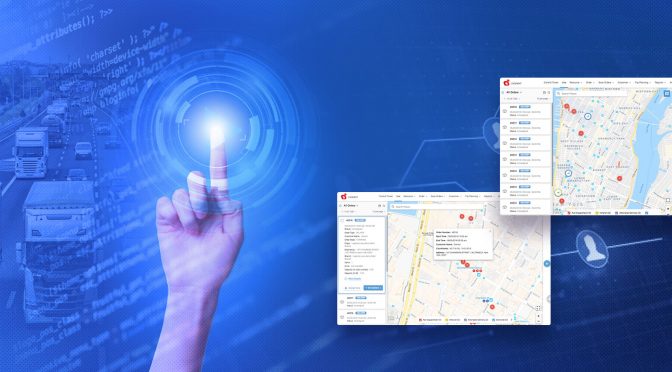
Gone are days of static analysis and planning. Deliveries are made not within charts and tables. They are made live, so should their scheduling and routing. All live. You know everything one glance, you can do everything in one click.
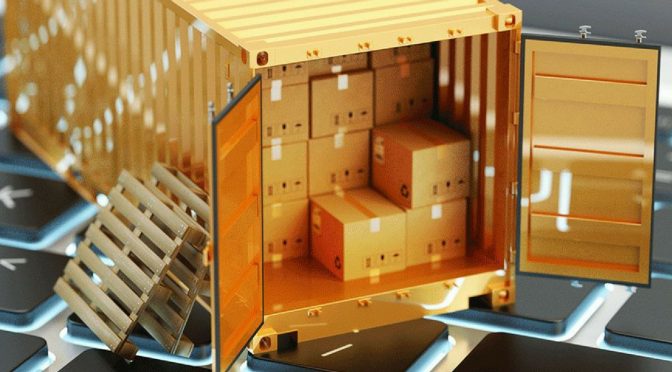
Amazon’s prime day upped the utilization of their fulfillment centers by over 25%. They have made their logistics leg into a powerhouse which they keep leveraging to get ahead of the competition. O one hand they are losing money and on the other, they are continuously building value, much more than any other company. What’s the key here?
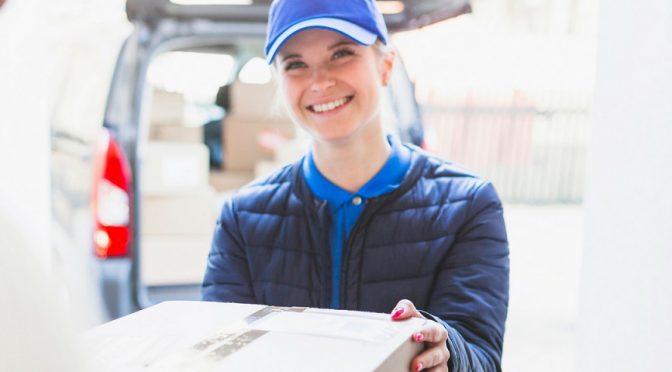
Companies can compete by making a better product. But it’s no longer enough. The company also must create a great delivery experience for the customer. Proper logistics movement optimization is key, not just to ensure quick and on-time deliveries, but also to boost customer satisfaction and retention.
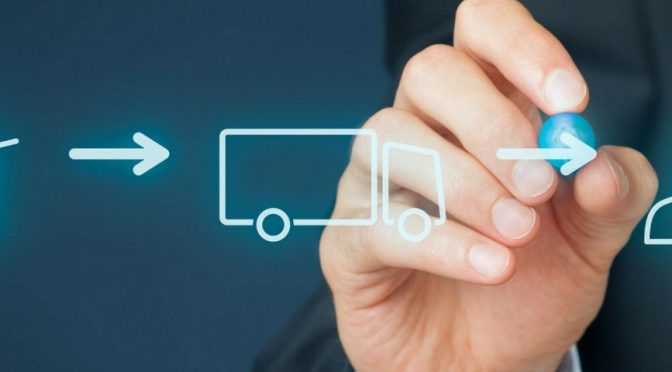
Ever wondered how some of these big-name e-commerce companies across the globe manage international sales events? It is only possible with tech creating shorter delivery routes and more successful (on-time) deliveries per day. This tech is the crux of what makes same-day delivery, not just a phenomenon but a reality.

Tech adoption and change management go hand in hand. You may invest billions in the latest tech, but if your people aren’t using it properly and getting the most benefit out of it, you would never see the full extent of benefits. How to avoid this? Train your folks in the best way of doing things.

Tech investment is not something you just write-off in your balance sheet, it’s about building for the future. With on-premise servers, even though the cost diminishes over time, their outdatedness increases. What’s the point of owning a cost-effective system which was relevant three years ago?
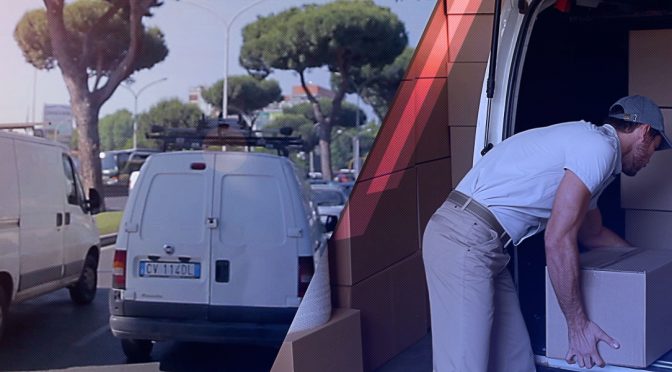
Elastic logistics is the new and evolved version of ‘lean supply chain movement’. As technology has caught up with logistics, latest delivery schedule and route planning help companies are on top of all market demand fluctuations and keep their products on shelves at all times or reach the consumer’s door within a day or two.
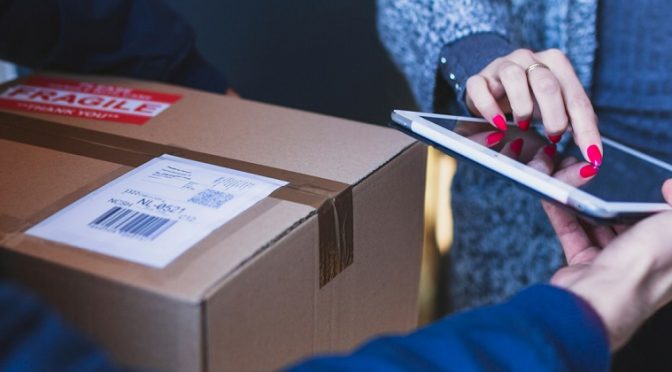
It’s costlier to acquire new customers compared to retaining them. With proper logistics optimization, companies can not only retain customers but also boost satisfaction and lifetime value. In this age of booming retail and e-commerce, logistics optimization is the best asset a company can have.
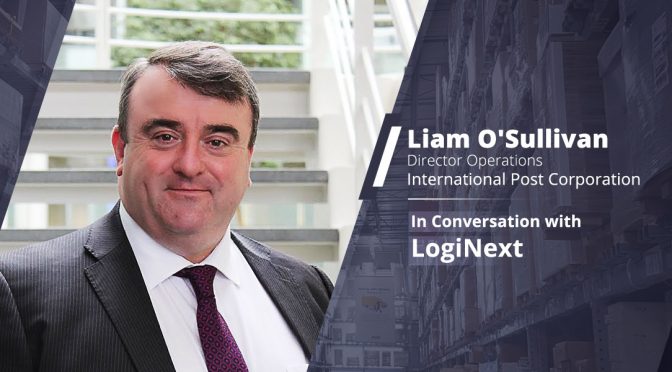
Today we speak to an industry veteran with close to two decades of raw delivery management experience. Liam O’Sullivan has earned matchless following and adulation in his career. He is the Director of Operations at International Post Corporation (IPC), Brussels, Belgium.
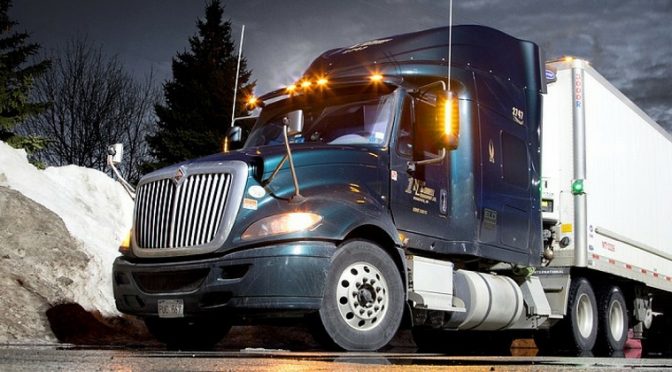
We are now well past the 1st April enforcement date for electronic logging device (ELD) implementation. Now if your trucks are stopped for a roadside inspection, how do you prepare to get through that without any violations? Here’s what you need to know to be violation free.

With technology, innovation is always around the corner. Some more than others. We have all seen the hikes in interest and following for tech innovations to have them fizzle out. We are at the start of such an upswing. Take a step further back, and you will get to the topic, Blockchain.
LogiNext’s field workforce optimization is machine learning-enabled planning engine which pulls in all the constraints such as preferred time slot visits, avoiding repeat visits, avoiding overlap or mirroring, and also to optimize the service time or time spent at each outlet
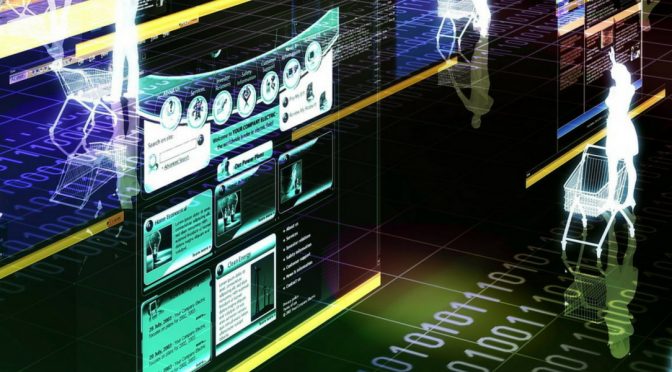
The World Bank has said logistical costs swallow up around a quarter of Indonesia’s gross domestic product, citing bottlenecks in supply chains, long dwelling times in ports and lengthy trade clearances. Indonesia’s e-commerce sales are set to rise from 3 percent of retail activity now to 19 percent by 2027, Morgan Stanley estimates.
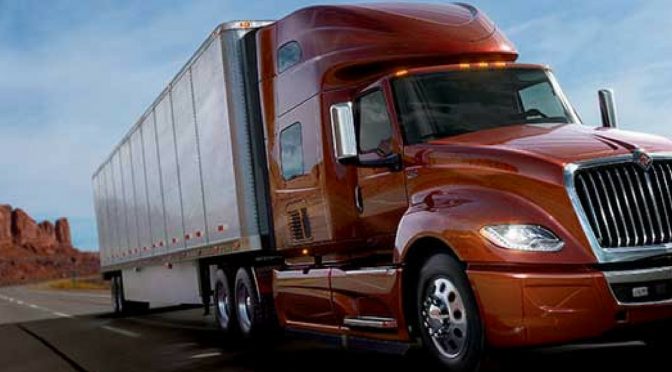
Know where your drivers are at all times. A trucker was lost in snow-covered woods in Oregon for four days when the wrong address was plugged into the GPS. He managed to survive and walk back to more populated areas when his truck got stuck on small roads.
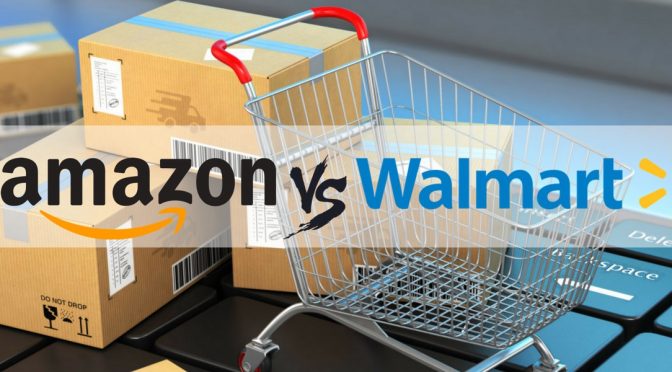
We have seen the Walmart acquiring Jet, Bonobos, Modcloth, and Shoebuy while planning to set up around 1000 pickup locations for online grocery shoppers. Racing Walmart to the front is Amazon with its grand acquisition of Wholefoods to enable faster deliveries with multiple pickup options.

Static planning is a function of yesteryear. Wake up to new-age dynamic route planning for your field agent management. Most of Fortune 500 companies are maximizing the value of their active field agents using intelligent planning and optimization. It’s the most appropriate tool at the hand of managers to reduce costs and improve efficiency.
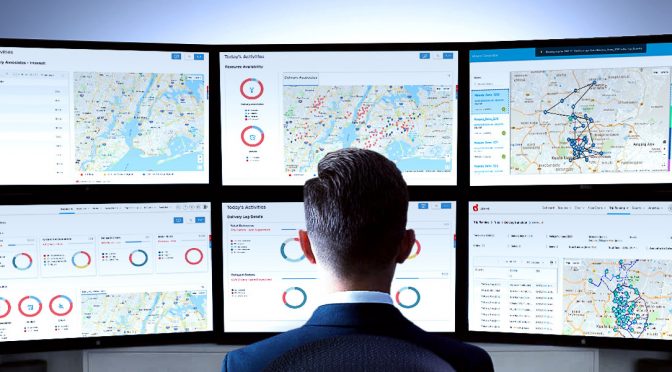
Technology has enabled us to record, plan, allocate, dispatch, track, validate, and analyze all freight movement from a single dashboard with clear and real-time actionable insights in an easy-to-understand format. This leads to an agile, reactive, and dynamic setup for a company’s transportation management system.
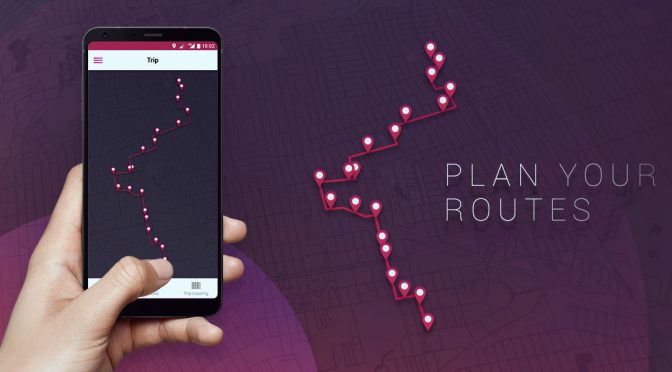
Optimization is doing more with less while sustaining (or bettering) the efficiency of operations. With multiple orders and shipments constantly moving with an excess of customer requests and demand, fulfilling on-time deliveries consistently not only saves costs but also increases the overall brand value for the company.
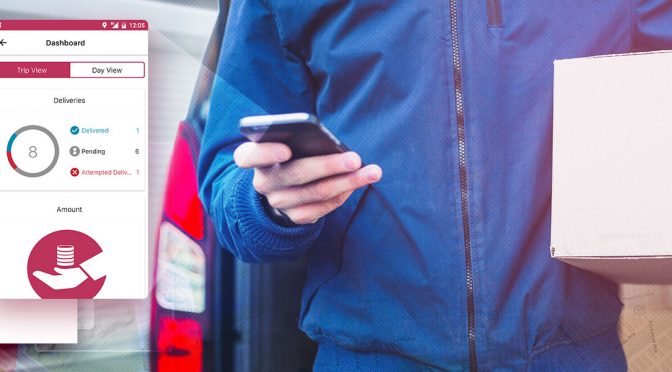
With effective schedules and permanent journey plans for the delivery and field agents, resource movement cost can be reduced while increasing overall resource utilization. Shorter distances traveled with lesser detention leads to higher number of deliveries fulfilled and visits accomplished.
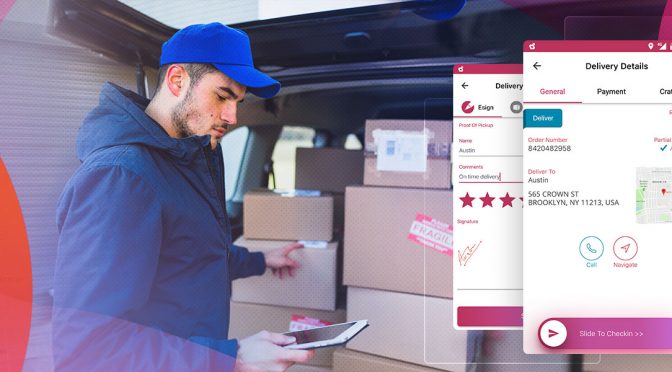
Enterprise mobility solutions are unlocking a new phase of benefits with respect to resource movement efficiency. With multiple industries and markets getting more and more focused on consumerism while finding new and better ways to satisfying the increasing global retail and e-commerce demand.
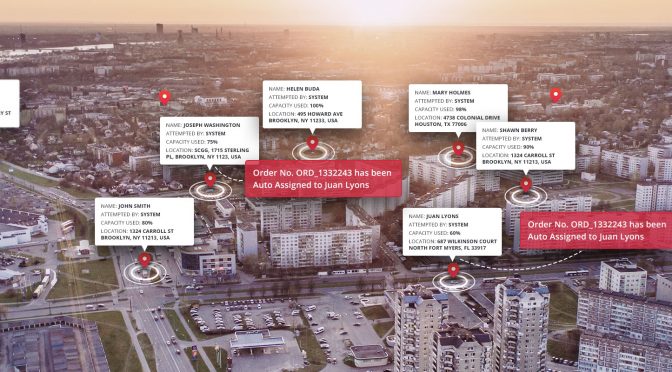
Under-utilized capacity carries a clear cost which adds to the cost-per-unit carried by the resource. It isn’t feasible to run under-utilized resources to fulfill the ever-increasing demand created due to expectations of on-demand, same, or next day deliveries. On-demand and preferred slot delivery (or pick-up) is made more efficient with the use of an auto-allocation engine.
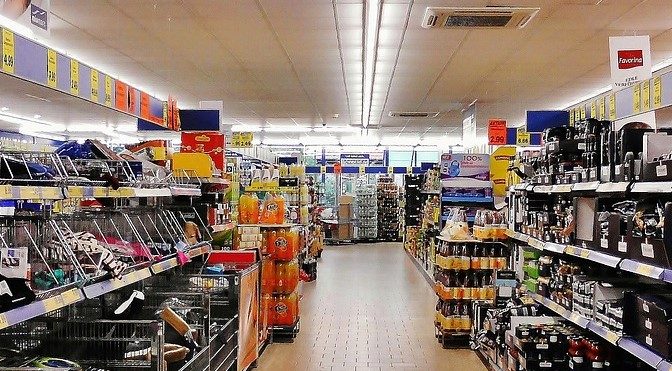
Traditional trade occupies close to 90% in key developing markets. By leveraging cloud-based technology, last mile delivery can be optimized for such distribution networks, bringing in organized patterns within the industry and generate more value for all the stakeholders involved namely the retailers, the distributors, the manufacturers, and the end-customers.
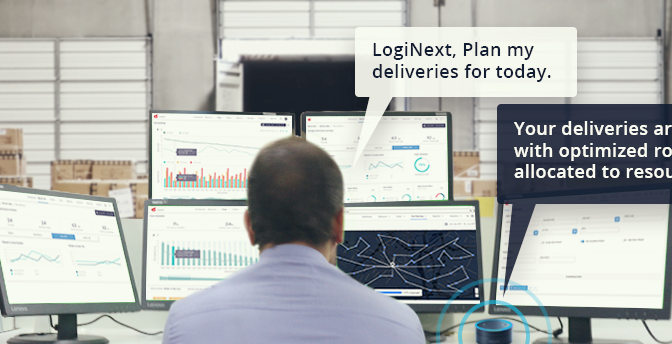
We recently integrated with Alexa, Google Assistant, Cortana, and Siri. Now, the manager can simply relax and instruct their personal assistant to fetch the information for them. Almost anyone can use the personal assistant without any hassle. It doesn’t matter if they are tech-savvy.
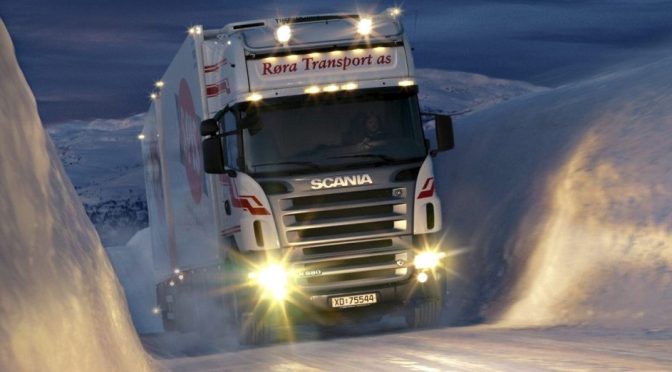
Polar Vortex can disrupt logistics movement pushing up freight rates due to a shortage of trucks and drivers. Shipments may be delayed either due to rerouting away from snow-blocked highways or, being detained due to traffic bottlenecks. Multi-modal transport via railroads and ports are also affected.
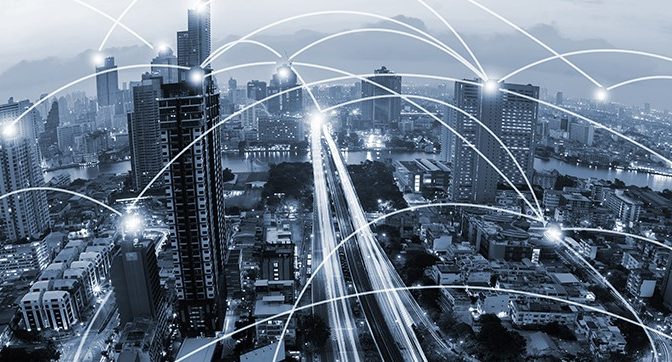
We saw last mile delivery being used as the key input in all omnichannel strategies. We saw localization in distribution strategies centered around making last mile delivery more effective. We also saw machine learning being implemented successfully in logistics and field workforce planning. These trends would be the greatest influencers in 2018 for logistics and field workforce management.
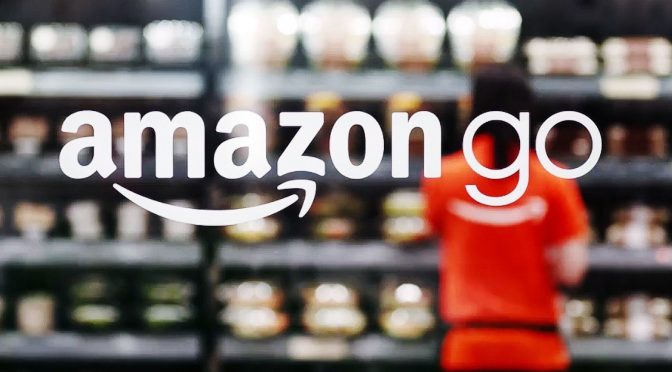
Amazon opened its first brick and mortar retail store in Seattle, Washington, United States. The novelty of this store is that customers can just pick up whatever they want and just walk out of the store. Amazon would just charge the price of the items taken to their Amazon account. They call it the ‘Just Walk Out’ technology. Would it become a game-changer or disruptor in retail?
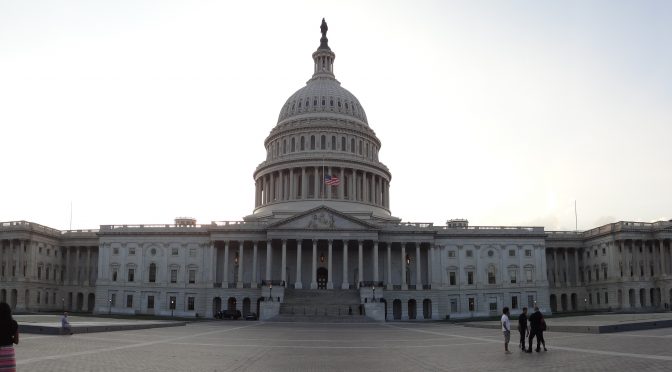
The U.S. government shut down at midnight on Friday, 19th January, 2018, after Democrats and Republicans, locked in a bitter dispute over immigration and border security, failed to agree on a last-minute deal to fund its operations. Democratic leaders wanted to include protections from deportation for about 700,000 undocumented immigrants who arrived in the United States as children.
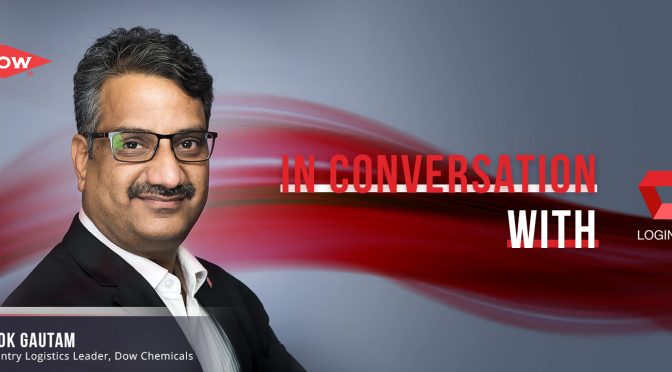
Here we are in conversation with Mr. Alok Gautam, the Country Logistics Leader at Dow Chemicals. He is an industry veteran with more than two decades of experience in the Chemicals and Oil & Gas industry. He is celebrated as a change maker and a man of keen intellect driving transformations across the industry.
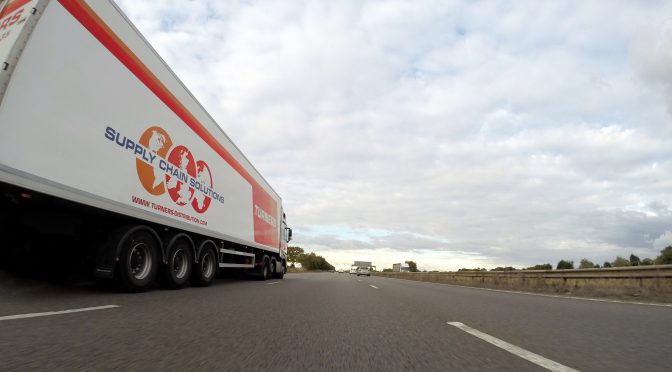
It is time our industry stopped chasing Uberization and created an Airbnb model. In trucking, Uberization is still transactional brokerage. There are key differences in the personal transport versus the freight market. What we need is a pay-per-day model that allows for short-term dedicated capacity, rather than long term dedicated contracts.
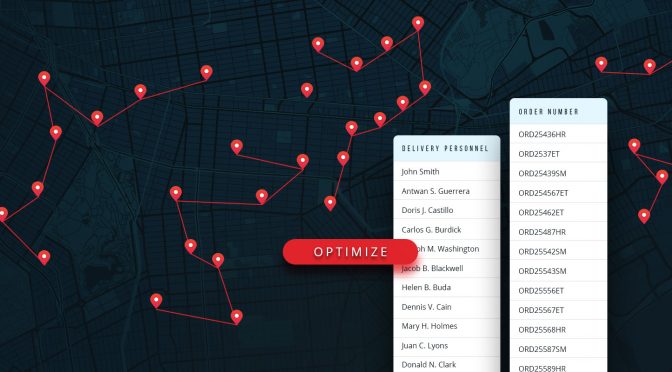
There is a way to bridge this gap, between the expectation and outcomes. And it is ‘tech-backed optimization’. Cloud-based optimization of resources, routes, and deliveries is the best way to ensure that your company not just matches industry benchmarks, but also breaks and resets them continually.
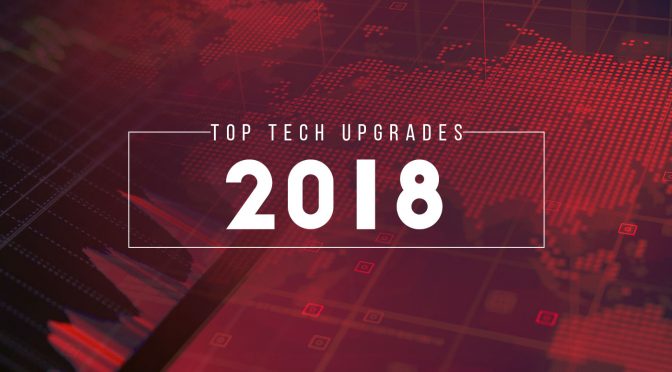
Tech evolution must always be around a purpose. The purpose of the upgrades mentioned here, and many more that are regularly communicated to the clients through mailers, is singular. To optimize resource movement with a view to reduce operations costs and improve overall process efficiency.
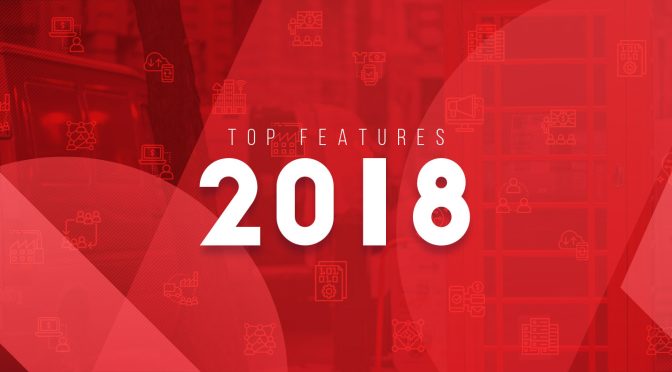
Here are the top features of the year that created the most value for our clients. These features have the highest usage among managers. These managers keep sending back their delightful feedback from time to time. Based on our own analytics and market feedback we have collated this list of the top features which created the most business value.

This Christmas, make sure you plan and optimize all last mile deliveries to avoid delays and detentions. People need their gifts on time and Santa needs some help, so make sure your customers are delighted on Christmas Eve with on-time deliveries and error free invoicing.
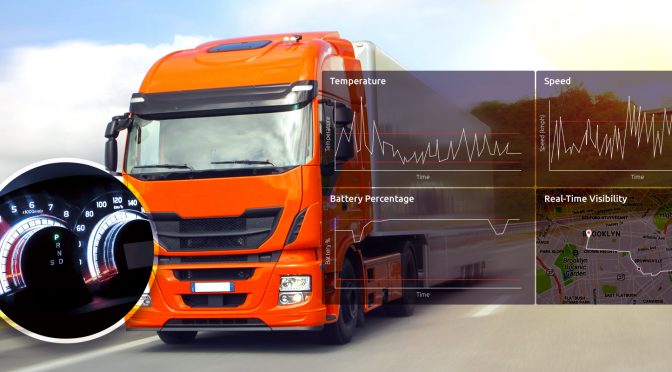
Reduce your logistics management costs and increase overall efficiency by tracking drivers and their behavior in real-time. Industries, especially those with sensitive cargo and shipments, focus on tracking the behavior of their drivers to ensure service level agreement (SLA) compliance.
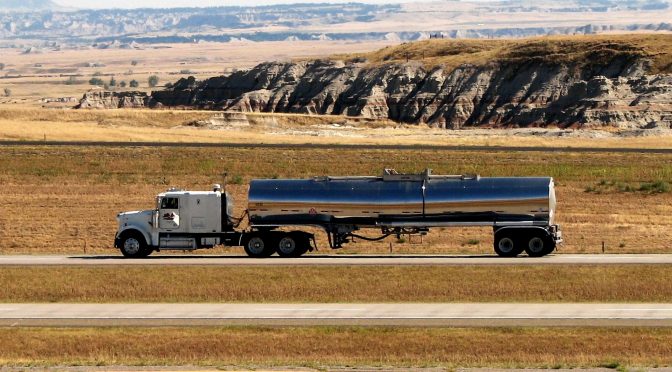
The Phase 2 (Mandatory Implementation) of ELDs began on the 18th of Dec 2017. US Department of Transport is mandating that drivers be on duty for a fixed set of hours (60 hours in 7 days, or 70 hours in 8 days; based on the breaks taken in between). There are multiple constraints was total hours of driving.
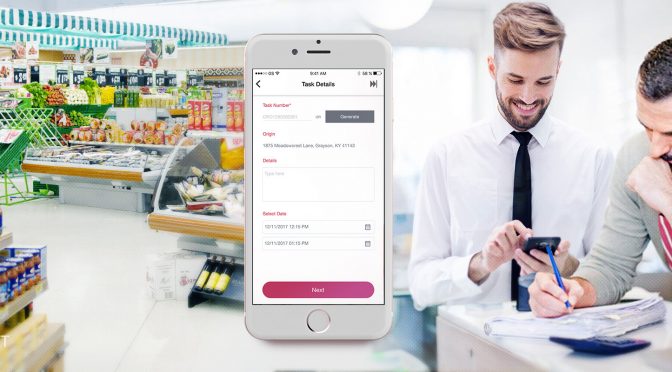
Case Study: How to Increase Sales Effectiveness by 25% in FMCG This is a story about effective field agent performance optimization and its resultant benefits. According to one of our major clients in the fast-moving consumer goods (FMCG) sector, field sales effectiveness was something that they wanted to increase as soon as possible. […]
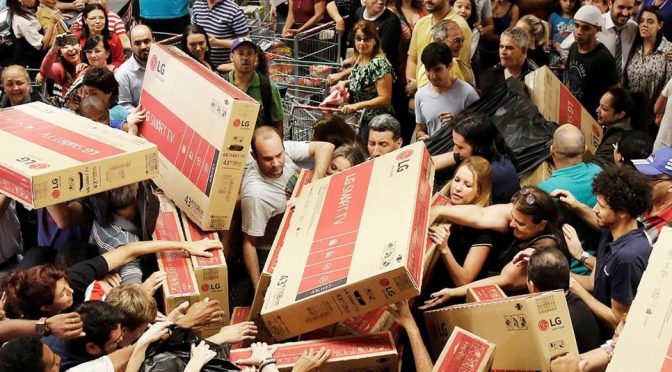
Along the heavily one-sided debate around Net Neutrality, we are once again amid the new age retail tradition of Black Friday and Cyber Monday. Consumerism has driven multiple shopping trends in the past decade. This has become a lifestyle with the entire generations falling under this craze.
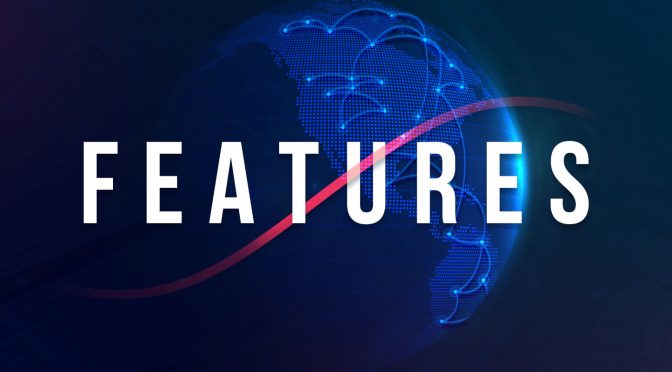
Your optimization and planning for logistics management and last mile deliveries are set to become much simpler. Here, LogiNext presents some of the best features released this month. Take your pick and find out which one applies best to your specific industry and market use cases. LogiNext’s feature release package has you covered. Here is you each feature would help you better your business.

Each image holds some memory space in the delivery person’s phone and it uses some amount of data as it is transferred through the Internet to the client’s dashboard or central processing point. To ensure proper authentication, the image must have high-definition and should be clear. Storing and transferring high-def images in quick time eats up battery and data from the phone.
A billion data points. One for every 8th person in the world. One for almost every vehicle in the world. Comprehensive location tracking data points encompassing more than three continents including North America, Asia, Northern Africa, and Southern Europe. It doesn’t get any bigger than this.
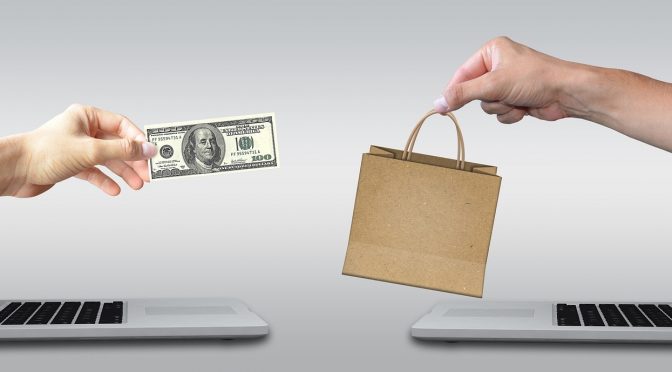
It’s an adage that worked for malls before. Ambience can accentuate the value of a product long enough to merit a premium. With the advent of omnichannel aesthetics, this has changed to effective last mile delivery. The process is not just about reaching the concerned location on-time. Last mile delivery has much more to it.
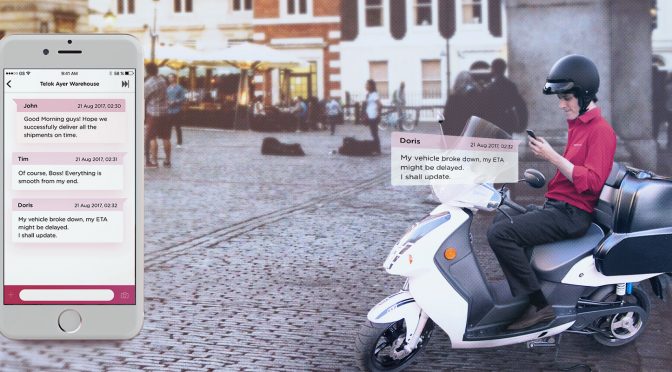
Bring your delivery management system into the new world. Communicate with your delivery personnel and track their movement while you optimize their routes and ensure on-time deliveries, right from a single app. The future of internal communications is here. Move on Slack and WhatsApp, LogiNext just changed the game.

Jack Ma inaugurated the world’s first Digital Free Trade Zone in Malaysia to boost e-commerce and small to medium size enterprises (SMEs) in Southeast Asia. Considering Malaysia’s proclivity in the Asian region, This Digital Free Trade Zone (DFTZ) would act as a perfect platform for physical and virtual business set-ups to leverage the recent boom of online businesses. Malaysia’s DFTZ is set to handle more than $65 billion worth of goods at full functionality.
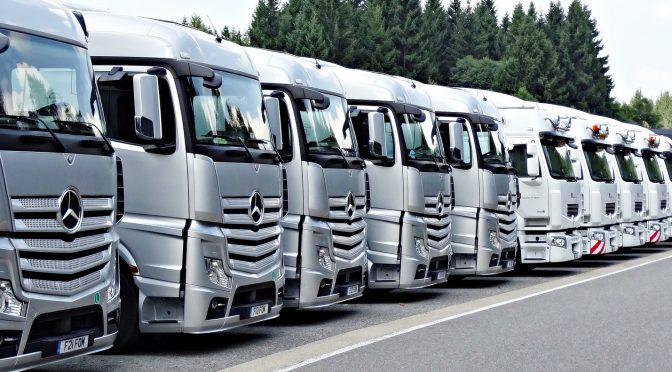
In a logistically efficient utopia, your company would be able to fulfill all client and customer desires up to perfection while delivering the complete set of created value right from the ideation to execution. Transportation management system, handled through new-age tracking and analytics, can boost your market share and customer retention within a single quarter.

